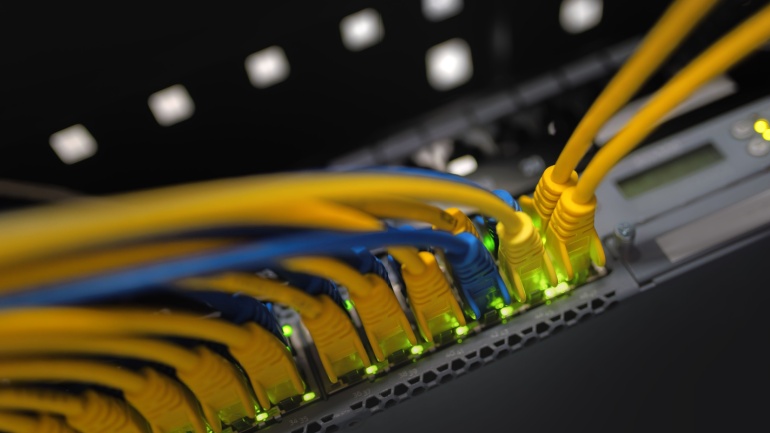Ericsson has joined the Mobile Satellite Services Association (MSSA) to promote Non-Terrestrial Networks (NTN) and advance direct-to-cellular and IoT communications. This collaboration leverages satellite spectrum to enhance mobile coverage globally. With MSSA’s focus on integrating terrestrial and satellite networks, Ericsson aims to provide seamless, reliable connectivity worldwide.
Sparkle, Italy’s leading international service provider, partners with Nexim Global to boost global Internet connectivity. This collaboration, sealed at IBC2024, leverages Nexim’s 8,600 km fiber network and Sparkle’s IP Transit in Milan. Customers will benefit from high-speed, low-latency Internet and advanced DDoS protection, enhancing their online experience.
LINX Nairobi’s expansion into PAIX Data Centres elevates its status as East and Central Africa’s premier Internet Exchange Point. This strategic move supports seamless connections for ISPs and global content networks at PAIX’s Nairobi NBO-1 facility. The integration ensures resilient, high-capacity links, fostering Kenya’s digital growth and enhancing VOIP service reliability.
Sky Business has forged a long-term agreement with ITS to enhance Ethernet connectivity for UK businesses. This partnership merges ITS’s fibre network with Sky Business’s core network, offering reliable and ultrafast VoIP services. Covering 25% of UK’s commercial premises, the collaboration aims to expand reach and provide robust VoIP solutions.
Starlink has expanded its satellite backhaul services to over 100 rural base stations of Africa Mobile Networks in Nigeria, enhancing connectivity in remote areas. Since their 2023 agreement, traffic surged 45% across connected sites. Leveraging Low Earth Orbit (LEO) satellites, AMN effectively boosts base station capacity, transforming local communities with improved mobile access.
FiberLocator, the renowned US fibre data platform, has expanded its network planning services to include UK fibre data, integrating UK fibre providers into its extensive database. This expansion aids carriers, mobile operators, and data centre operators by offering comprehensive, timely, and accurate fibre data, facilitating seamless global connectivity and streamlined wholesale transactions.
Sinch, which is pioneering the way the world communicates through its Customer Communications Cloud, today announced that its new Customer Connections hub, an online resource centre designed to support customer experience (CX) professionals and marketers, will now be available in Europe across all digital channels. The hub is designed to support European marketers at more than 150,000 businesses worldwide that partner with Sinch, helping them build lasting customer relationships by delivering exceptional experiences across every customer channel.
StarHub has launched its Low Latency Data Centre Connect service, offering ultra-low latency connectivity for enterprises. The service enhances cloud access, supports advanced network slicing, and provides quantum secure communications, with latency under 1ms to cable landing stations. Key partnerships with Ciena, Digital Realty, and Terrabit Networks ensure robust, secure, and scalable connectivity solutions.
Grid Telecom and Tamares Telecom have announced a strategic alliance to establish open-access cable landing infrastructure in Cyprus. This partnership aims to enhance regional digital infrastructure, promoting data-driven growth. Leveraging Cyprus as a carrier-neutral hub, it connects key destinations with state-of-the-art subsea cable landings, boosting digital connectivity in Europe and the Middle East.
Barcelona-based Sateliot has launched four LEO nanosatellites via SpaceX to expand its satellite IoT services. This move aims to connect eight million devices and secure €30 million in funding. Utilizing a 5G core through AWS, Sateliot’s NB-IoT constellation targets 100% global coverage and offers cost-saving IoT solutions.













